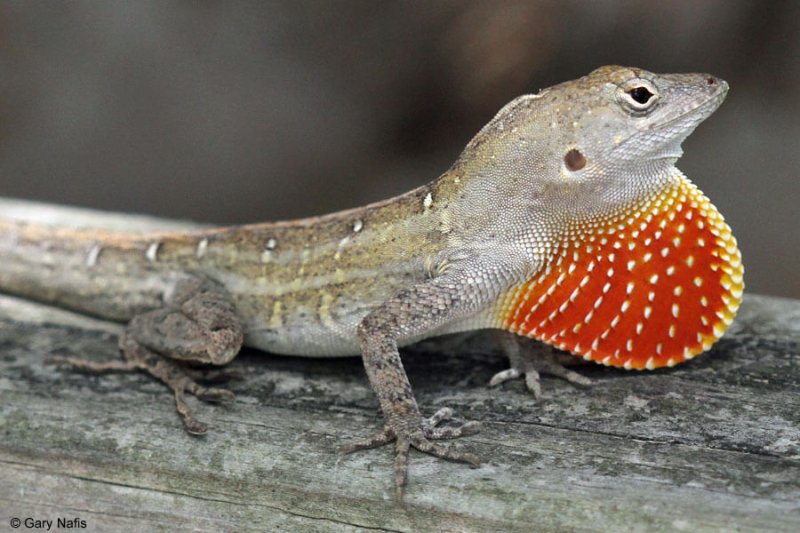According to a study published in the journal Cell Reports [August 27], a group of scientists at the University of Georgia successfully altered the genes of four brown anole lizards. While CRISPR had previously been used to alter the genes of chickens, cows and pigs, lizards were believed to be off-limits because of their unique reproductive systems.
…
Researchers chose to edit the genes of the brown anole lizard, whose scientific name is Anolis sagrei, because of its size and the frequency with which it lays eggs. Specifically, they targeted the gene that affects the lizard’s color. Anole lizards are small, only a few inches in size, and are native to Cuba and the Bahamas. The University of Georgia scientists modified the females’ unfertilized eggs while they were still in the ovaries.
…
In total, the researchers edited genes in 146 eggs from 21 lizards. After three months, four of those eggs produced albino reptiles. Researchers believe this suggests that the CRISPR edits can remain active for several days or weeks in unfertilized eggs. While the percentage of oocytes yielding gene-edited offspring was low compared to other species, these results are a successful start.
Read full, original post: The first gene-edited lizard walks among us































